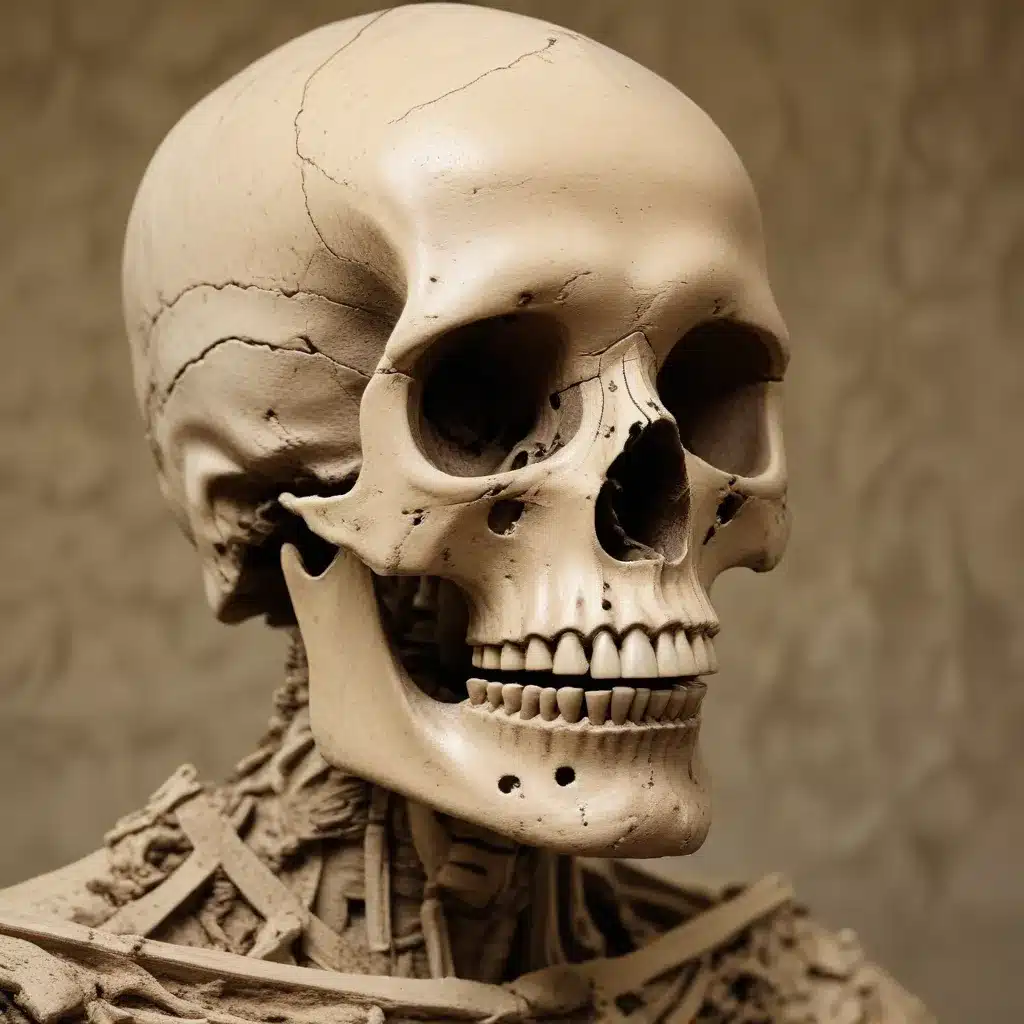
Exploring the Vibrant Landscape of Early Medieval Wales Research
The Early Medieval Wales Archaeology Group (EMWARG) recently celebrated its 40th anniversary with a colloquium themed “New Research and Excavation on Early Medieval Wales and Beyond.” As a seasoned expert in water and sanitation services, community engagement, and advocacy, I had the privilege of participating in this event, which provided a remarkable glimpse into the cutting-edge research and exciting developments unfolding in the field of early medieval archaeology in Wales.
Showcasing the Breadth of Early Medieval Wales Research
The academic presentations on the first day of the colloquium were truly captivating, covering a wide range of topics that highlighted the depth and diversity of ongoing investigations in early medieval Wales. From reports on potential post-Roman settlements and corn-drying kilns to evaluations of burial practices and bioarchaeological breakthroughs, the speakers showcased the vibrant and multifaceted nature of this field of study.
One particularly fascinating aspect was the exploration of early medieval ecclesiastical centers, such as the work being done at Llantwit Major. The cultural and intellectual significance of these sites, as well as the results of ongoing excavations, were presented in a manner that emphasized their importance in understanding the complexities of early medieval society and the development of Christianity in the region.
The keynote address by Professor Sarah Semple, focusing on the ongoing investigations and reinterpretations of the Yeavering early medieval settlement complex, further underscored the depth and dynamism of early medieval archaeology. Her insights and the subsequent discussions and debates among the attendees demonstrated the collaborative and innovative nature of this field.
Immersing in the Landscape: An Unforgettable Excursion
The second day of the colloquium, however, was truly the highlight for me. The organizers had arranged a day-long excursion to three remarkable early medieval sites, each offering a unique perspective on the archaeological landscape of Wales.
Fonmon Castle Estate: Uncovering an Exceptional Early Medieval Cemetery
Our first stop was the Fonmon Castle estate, where Drs. Andy Seaman and Tudur Davies are leading an ongoing fieldwork project. As featured on the TV show “Digging for Britain,” this site is an exceptionally well-preserved early medieval enclosed cemetery, combining community engagement, student training, and academic research.
Standing at the excavation site, I was struck by the profound and educational experience of witnessing first-hand the exposed grave-cuts of an early medieval cemetery. The potential of this site, along with the evidence of settlement and industrial activity across the broader estate, promises a wealth of insights into the lives and practices of the people who inhabited this landscape centuries ago.
Llantwit Major: Reconstructing an Early Medieval Ecclesiastical Center
Our next stop was Llantwit Major, where Dr. Tim Young guided us through his excavations and landscape work, attempting to reconstruct the parameters and character of the early medieval ecclesiastical center. The possibility of uncovering traces of multiple burial sites and settlement activity across the narrow valley, predating the Norman reorganization of the landscape, was both intriguing and thought-provoking.
The tour of the fabulous early medieval carved stone sculpture, led by Professor Nancy Edwards and housed in a well-designed museum space within the western end of the church, was a true highlight. The framing of Llantwit Major as the “cradle of Celtic Christianity” and the review of the texts, ornament, and form of these artifacts provided a deep appreciation for the cultural and religious significance of this site.
Five Mile Lane: Exploring a Significant Early Medieval Cemetery
Our final destination was the site of the Five Mile Lane archaeological excavations, soon to be published. Dr. Marion Shiner provided an expert overview of the evidence, which reveals a large-scale, long-lasting early medieval cemetery focused on a prehistoric burial mound. This site’s significance in relation to broader trends in early medieval burial practices across Wales was particularly insightful.
Reinvigorated and Inspired
As I traveled home from the EMWARG colloquium, I felt a renewed sense of excitement and inspiration in my own endeavors to explore the early medieval past of Wales and its enduring significance in the contemporary world. The high-quality presentations, the engaging discussions, and the immersive field experience all contributed to a transformative event that showcased the vibrant and dynamic nature of early medieval archaeology in Wales.
The organizers – Comeau, Edwards, Seaman, and Shiner – have undoubtedly done a remarkable service in bringing together this remarkable colloquium, which has left a lasting impression on me as a water and sanitation expert, community engagement advocate, and champion of interdisciplinary collaborations. The collaborative spirit and the cutting-edge research highlighted throughout the event are a testament to the strength and potential of the field of early medieval archaeology in Wales.
As I reflect on my participation in this colloquium, I am reminded of the importance of engaging with diverse disciplines and exploring the intersections between archaeology, history, and community development. The insights gained from this event will undoubtedly inform and enrich my own work in the water and sanitation sector, where I strive to amplify the voices of local communities and advocate for sustainable, equitable solutions.
In conclusion, the EMWARG colloquium was a resounding success, providing a comprehensive and captivating review of the state of early medieval archaeology in Wales. The breadth of research, the depth of community engagement, and the immersive field experiences combined to create a truly remarkable event that has left an indelible mark on my own understanding and appreciation for this vital field of study. I eagerly anticipate the continued advancements and discoveries that will shape our understanding of early medieval Wales in the years to come.
To learn more about the Joint Action for Water organization and their work in promoting sustainable water and sanitation solutions, I encourage you to visit their website.

